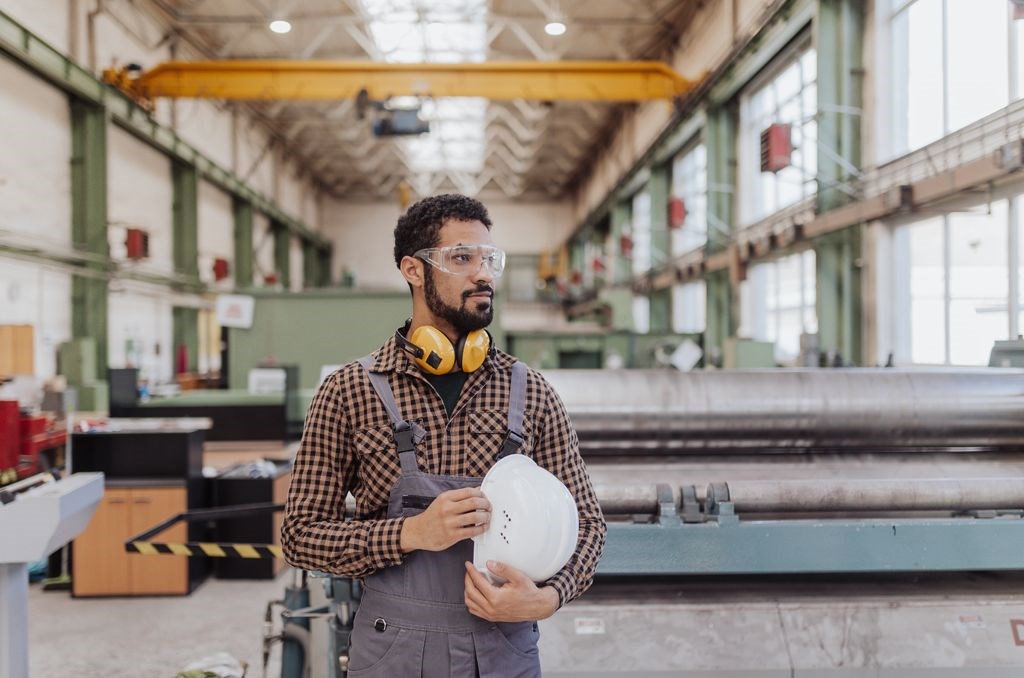What is machine safety?
Published date: 07 July 2023

Machines are an integral part of our modern world, powering industries and making our lives more efficient. However, their power and complexity also pose potential risks to the people working with or around them. That’s where machine safety comes in. Machine safety refers to the practices, measures, and standards put in place to ensure the well-being of individuals interacting with machines. In this blog post, we will delve into the importance of machine safety, explore the relevant standards, and highlight the key aspects of risk assessment and risk control.
The Importance of machine safety
Machine safety is of paramount importance in any workplace where machines are used. By implementing proper safety measures, employers can protect workers from accidents and injuries. This not only ensures the physical well-being of employees, but also fosters a positive work environment, boosting morale and productivity. Machine safety is not just a legal requirement, but it also reflects the commitment of employers towards the welfare of their workforce. Additionally, machine safety contributes to cost savings by minimising downtime, damage to equipment, and potential legal liabilities.
Machine safety standards:
The United Kingdom has well-defined machine safety standards in place to regulate and maintain safety in workplaces. The most prominent standard is the Provision and Use of Work Equipment Regulations 1998 (PUWER). PUWER places the responsibility on employers to ensure that all machinery is safe to use, maintained in good working condition, and suitable for its intended purpose. It also mandates thorough training and supervision of operators to minimise risks.
Additionally, the European Machinery Directive 2006/42/EC provides guidelines for the design and construction of machinery to ensure safety. The Health and Safety Executive (HSE) in the UK oversees the implementation of these standards and provides resources and guidance to employers to help them comply with the regulations.
The key aspects of machine safety: Risk Assessment
A fundamental aspect of machine safety is conducting a comprehensive risk assessment. This involves identifying potential hazards associated with the machinery and evaluating the likelihood and severity of these hazards. A thorough risk assessment should consider factors such as moving parts, electrical hazards, noise levels, ergonomic factors, and environmental conditions.
The key aspects of machine safety: Risk Control
Once potential risks have been identified, the next step is to implement risk control measures. A common approach is to place risk control measures on a 5-level hierarchy, ranging from the most effective to the least effective:
- Elimination of the hazard: The most effective hazard mitigation step involves finding alternative methods or processes that do not pose the same risks. For example, replacing a manual cutting machine with an automated one eliminates the need for a worker to be in close proximity to the cutting blade.
- Substitution of the hazard: If complete elimination of the hazard is not feasible, the next best option is to substitute it with a safer one. For instance, using a non-toxic or non-flammable solvent in a machine instead of a hazardous chemical reduces the risk of exposure to harmful substances.
- Engineering controls: Engineering controls involve modifying the machine or the work environment to reduce the risk of accidents. This may include implementing physical barriers, sensors or automatic shutdown mechanisms.
- Administrative controls: Administrative controls focus on implementing procedures, policies, and training to minimise risks. This includes creating clear guidelines for safe machine use, conducting regular maintenance, and providing comprehensive training to operators.
- Personal protective equipment (PPE): Personal protective equipment is the last line of defence in the hierarchy of risk control measures. PPE includes items such as safety goggles, gloves and ear protection. These protective measures are used when other control measures cannot adequately eliminate the risks.
It’s important to note that the hierarchy of risk control measures should be followed in sequence, with the focus on higher-level controls first before considering lower-level controls. By prioritising the elimination or substitution of hazards and implementing engineering and administrative controls, the reliance on PPE can be minimized, resulting in a safer working environment.
At Conro Electronics, we’ll show you how to improve product reliability while increasing performance and lowering costs. Our team of technical support specialists will provide your company with dependable global supply, unrivalled efficiency, and superior technical support.
Feel free to contact us on 0208 953 1211 or send us an email to info@conro.com




Comments
There are currently no comments, be the first to comment.